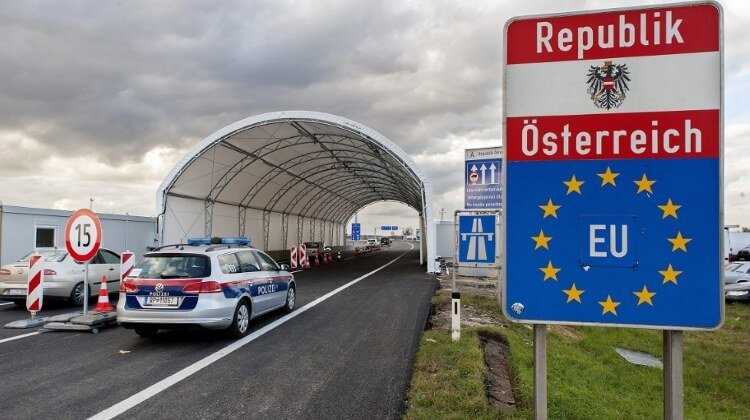There was a moment of panic in Austria when hamster purchases occurred and patients told about their fears that they had taken from the supermarkets. This panic moment, which could have got out of control, was intercepted by the government through a set of measures based on a law of measures identical in wording to the text of the War Economic Empowerment Act („Kriegsermächtigungsgesetz“) of 1917, except that the word “war” in it was replaced by “Kovid-19” and “economic” by “health”[1]. In 1933, Engelbert Dollfuß, then Chancellor of the Christian-Social Party, used this text of the law to shut down Parliament and proclaim the corporative state („Ständestaat“), the Austrian form of fascism before Nazism.
The panic moment has given way to the semblance of control, which is supposed to protect against the invasion of the virus without law. The government’s measures are based on the laws of the nature of a pandemic, which can be represented in curves and figures. The effectiveness of the measures is documented every day by the progress of the dead, the infected and the convalescents already predicted by the government, which is hypnotic. The measures are also based on precarious pillars in the symbolic, which have already been abused in the way that is to be feared. Namely, that this semblance for control, since it is so saving, is reaching out and exercising its passion.
You can experience some of this every day when you take to the streets. The reign of the gaze seems to be omnipresent. The crisis makes us all objects of gaze. We find ourselves in a position vis-à-vis our neighbours where nobody lets anyone out of their sight. Everyone is watching everyone else, but we no longer see ourselves in this pandemonium of the gaze. Everyone is segregated from everyone else because he or she wears a mask. But as everyone is segregated by everyone, everyone seems to become the same. It is, after all, an attack on the real of transmission, certainly often accompanied by imaginary fraternization; a washing out of the imaginary of the body and its passions running wild.
The measures in crisis change the public sphere, restrict, postpone, and cancel it, the public sphere, which is where we all are. One life, our life with our bodies. A symbolic field. The change into the virtual of the media is not only a loss – a loss of aura, as Walter Benjamin[2] called it – but something else as well. A simulation – we simulate a meeting that takes place in the virtual as a meeting that takes place – which makes it possible for us to continue our work. I have started writing with some patients I don’t see, just to keep something of the transmission until it has stopped being so weird.
[1] Manfred Matzke, Der Standard, 07.04. 2020
[2] Walter Benjamin: Das Kunstwerk im Zeitalter seiner technischen Reproduzierbarkeit (1935).

